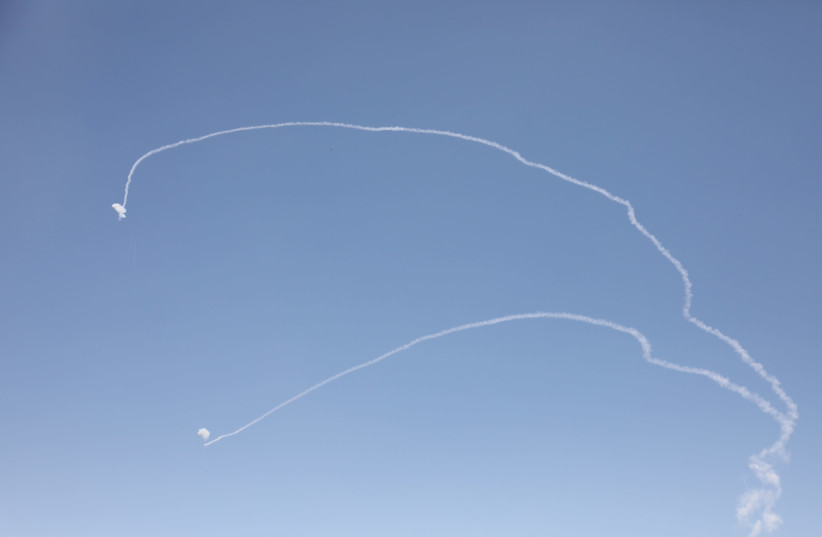IDF’s new arsenal: More munitions, precise missiles, greater firepower
The IDF plans to allocate some NIS 5 billion of the budget to ‘third circle threats,’ usually a reference to Iran.
The IDF is planning to significantly increase the number of precision munitions in its arsenal in the coming years now that a state budget has been finalized.
The IDF will look to purchase a substantially larger amount of munitions from the United States than before, due to the increase in threats facing the country as well as an increase in targets picked out by the military.Israel purchased tens of thousands of precision-guided munitions from the US in recent years, and used hundreds of Joint Direct Attack Munitions (JDAM) during Operation Guardian of the Walls in May, leading to precision strikes on targets in the densely populated Gaza Strip.
Though all JDAMs have been replenished by Washington, The Jerusalem Post learned that with the passing of the budget, the military plans to acquire far more by 2024.
The military expects to increase its requests further by 2030. Though Washington has replenished Israel’s JDAM stockpile, the Americans are not willing to fulfill every Israeli request.

Iron dome anti-missile system fires interception missiles as rockets fired from the Gaza Strip to Israel, in the southern Israeli city of Ashkelon, May 19, 2021 (credit: OLIVIER FITOUSSI/FLASH90)
The IDF has been busy gathering intel on thousands of targets in Gaza, Lebanon, Syria, and even Iran over the past two years, in expectation of sudden eruptions of violence. The use of such extremely precise munitions allows Israel to hit strategic targets in a crowded civilian environment with relatively small civilian casualty figures.
During the 11 days of war in May, the Hamas-run Health Ministry said at least 243 Palestinians were killed, including 66 children and teenagers, with 1,910 people wounded. Hamas leader Yahya Sinwar said 80 operatives were killed during the fighting – 57 from Hamas and 22 from Palestinian Islamic Jihad.
The Israeli military said more than 100 operatives belonging to the terrorist groups were killed, and that some of the civilian casualties were caused by Hamas rockets falling short or the collapse of civilian homes after an airstrike on Hamas’s tunnel network.During Operation Protective Edge in 2014, in comparison, over 1,400 Palestinians were killed in Gaza.
In addition to the large increase in precision weaponry the IDF plans to purchase, NIS 5 billion of the budget will go exclusively to what the IDF calls “third-circle threats,” usually a reference to Iran. The funds will be allocated to training and intelligence-gathering capabilities, increasing the military’s target bank even further.
Israel considers Iran’s nuclear program to be the No. 1 challenge. Though Iran has consistently denied seeking to build a nuclear bomb, tensions have risen as the West seeks to resume talks on reviving the deal to curb Tehran’s nuclear program.
The past year has seen an increase in the number of war-between-war operations carried out by Israel, as well as the number of targets struck, with most airstrikes targeting Iranian entrenchment and weapon smuggling in Syria and even at sea.
It is estimated that alleged Israeli attacks against Iranian ships have stopped $1.2b.-$2b. from going to terrorist groups in the Middle East.
But the IDF has admitted that Iran’s conventional missile threat is a major concern for Israel, which despite its multi-layered air defenses, may not be able to contend with intensive missile barrages fired by Iran and its proxy groups like Hezbollah in Lebanon or Shi’ite militias in Iraq.
The budget will also allow the IDF to complete other important defensive projects, such as building a wall along the border with Lebanon and implementing a permanent defensive coverage in the airspace of northern Israel with additional fixed Iron Dome batteries that would be able to shoot down incoming drones and missiles.

No comments:
Post a Comment